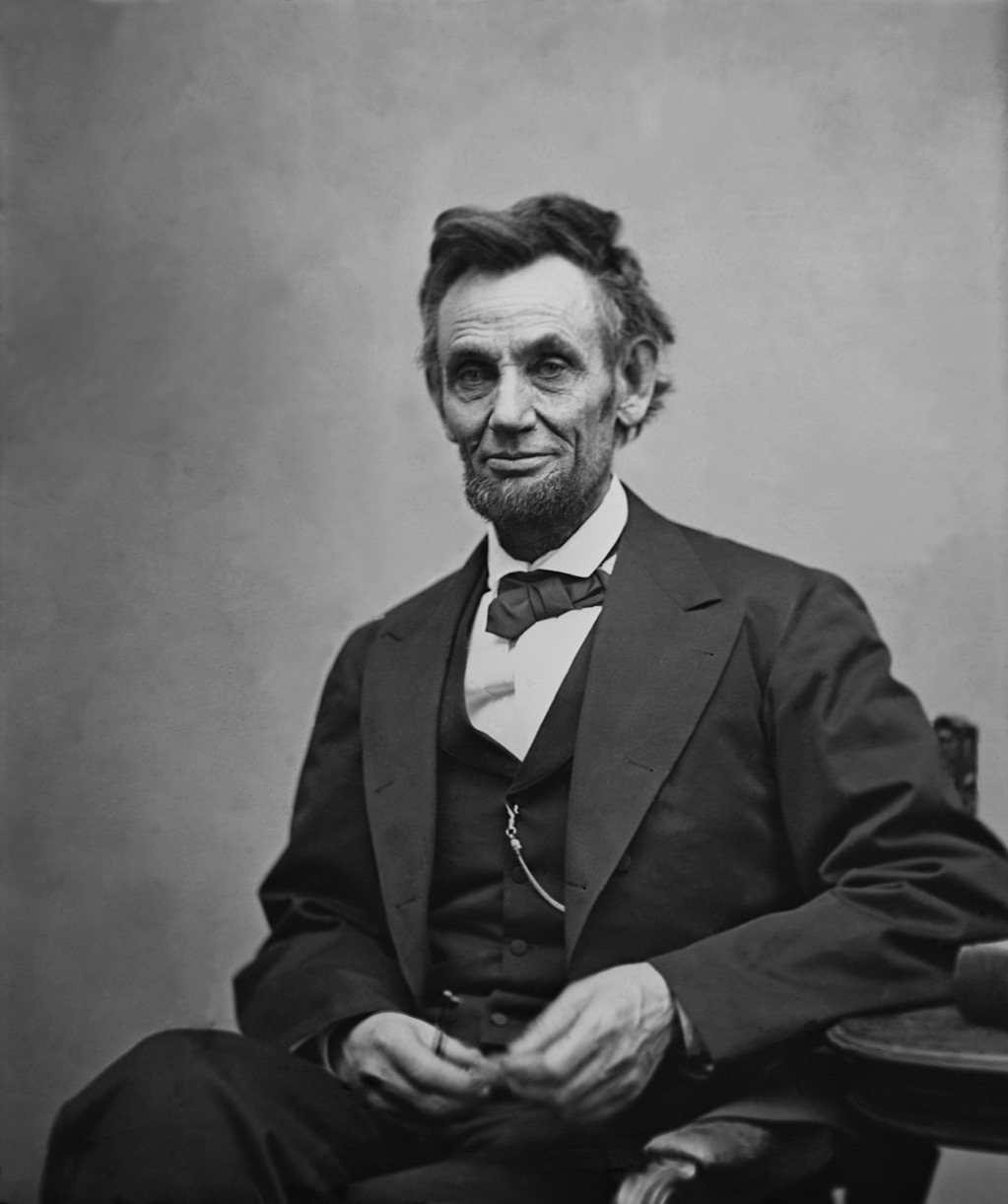Woodrow Wilson was in office during the Spanish flu epidemic that began in 1918—the outbreak that the COVID-19 pandemic is often compared to. And like our current president, Wilson contracted the disease, which had already wreaked havoc on the United States. According to The New Yorker, Wilson was stricken with the deadly strain of influenza while in Paris in 1919 to negotiate the Treaty of Versailles, becoming “violently sick,” a note from the president’s physician to the White House says. While he recovered from Spanish flu, Wilson had a stroke six months later and was incapacitated for the rest of his time in office. And despite having the illness himself—not to mention that it killed at least 20 million people—Wilson never addressed the seriousness of the disease. “He should be remembered as a thoroughgoing failure as a pandemic-time president,” Steve Coll writes in The New Yorker article. “In addition to the debacle of Versailles, he never once spoke publicly about the flu as it decimated the United States.” And for more U.S. history, check out 30 Amazing Facts About U.S. Presidents You Never Knew. Over the course of his life, George Washington fought off a laundry lists of serious illnesses that includes tuberculosis, malaria, and smallpox, PBS reported in 2011. While serving as president, Washington had a tumor on his leg and, in 1790, came down with severe cases of influenza and pneumonia that almost cost him his hearing. To the surprise of those around him, Washington recovered, but eventually died in 1799 from a throat infection. He was 67 years old. And to learn more about the presidential chain of command, check out these Surprising Facts About the Presidential Line of Succession. Shortly after delivering the Gettysburg Address in the afternoon of November 19, 1863, Abraham Lincoln started coming down with what was eventually determined to be smallpox. While Lincoln was sick for about a month, his doctors tried to tell him his case was a mild one, which was far from the truth. In reality, the disease nearly took his life. “Lincoln’s physicians attempted to reassure him that his disease was a mild form of smallpox, but that may have been to prevent the public from fearing that Lincoln was dying,” Armond Goldman, MD, emeritus professor of pediatrics at the University of Texas Medical Branch in Galveston, told Reuters in 2007. Whether or not Ronald Reagan was impacted by symptoms of dementia while still in office—he was officially diagnosed with Alzheimer’s disease five years after the end of his presidency—remains a subject of much debate among historians. What is confirmed, however, is the fact that Reagan had his share of health problems while he was Commander in Chief. According to the History channel, in 1985 Reagan had multiple polyps removed from his colon—one of which was found to be cancerous. And two years later, he had basal cell epithelioma skin cancer removed from his nose.ae0fcc31ae342fd3a1346ebb1f342fcb Franklin Delano Roosevelt was able to keep the extent to which his polio physically affected him relatively hidden from the public in a way that would be impossible in today’s world. According to the History channel, Roosevelt “wanted to project strength and virility, and so devised a way to ‘walk’ during public appearances. It involved wearing leg braces, using a cane, and utilizing the arm of his son or a trusted advisor.” He also allegedly asked the press not to photograph him walking, or being transferred into or out of his car. “The Secret Service was charged with interfering with those who attempted to capture images that might portray the [president] as ‘weak,’” History says. And for more interesting facts and up-to-date information delivered straight to your inbox, sign up for our daily newsletter.
